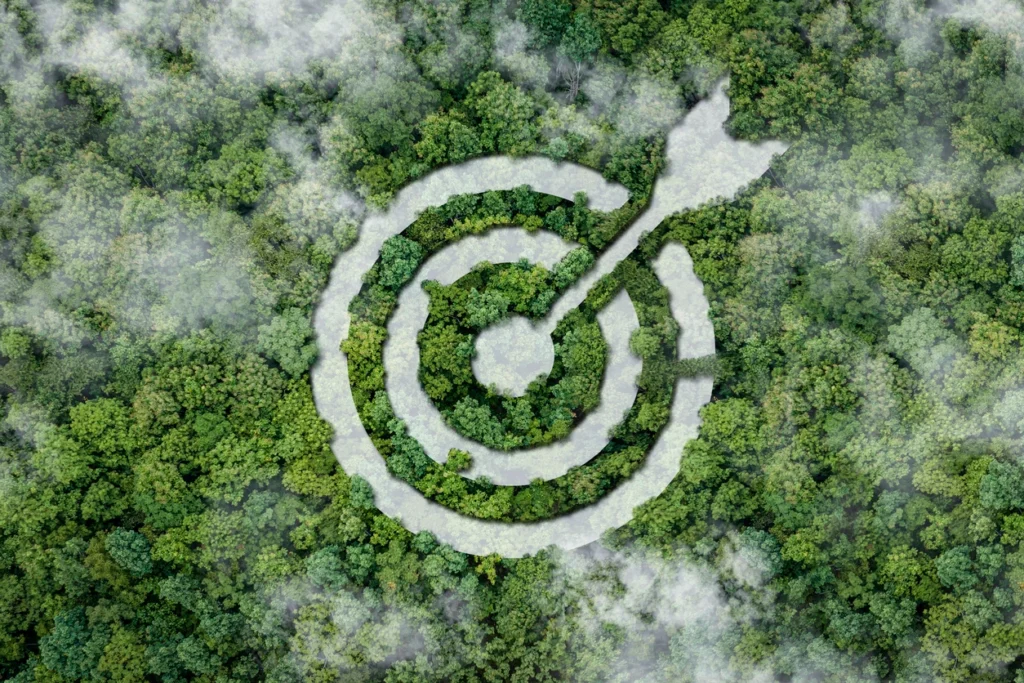In the commercial real estate world, knowledge is power. A well-chosen environmental consultant isn’t just about avoiding problems – they become your strategic Phase I ESA partner. Unlock the potential of your Phase I to make informed decisions that maximize your return and minimize your risk.

When “Qualified” Isn’t Good Enough
Yes, your Environmental Professional (EP) Phase I ESA partner MUST meet the EPA’s All Appropriate Inquiries (AAI) standards. But don’t fall into the trap of thinking that’s all you need. A Phase I ESA isn’t just about checking boxes; it’s about uncovering potential liabilities that could derail your deal or leave you holding the environmental cleanup bill.
- Understanding the Baseline: Briefly explain the EP qualification process (we can link out to one of the analyzed sites for those who want the nitty-gritty). Emphasize this is the MINIMUM, not a guarantee of excellence.
- Red Flags Beyond the Resume:
- Vague Sample Reports: Heavy on boilerplate language, light on site-specific insights or recommendations. This suggests a lack of in-depth analysis.
- Unwillingness to Discuss Limitations: All Phase Is have limitations – a good EP is upfront about them and how they might impact your decision-making.
- Over Emphasis on Speed and Low Cost: While efficiency matters, be wary of firms promising bargain prices and lightning-fast turnarounds. Quality assessments take time and tailored expertise.
Choosing a Phase I ESA partner solely because they’re “qualified” is like trusting a doctor who’s only passed the basic medical exams. You need someone with experience diagnosing the specific ailments your property might have.
Matching Your Consultant to Your Property
Not all properties – and not all property deals – are created equal. A Phase I ESA that might be sufficient for a vacant lot has glaring inadequacies if you’re buying a former industrial site. Let’s break down the factors that determine the depth of expertise you truly need.
Industry Matters: The Legacy of Past Use
- Manufacturing: Even if the building is spotless, specialized chemicals or processes may have left lingering contamination. Look for an EP with experience in your specific industry.
- Gas Stations/Dry Cleaners: Known for subsurface contamination, these sites demand specific testing even if they’ve been closed for years.
- Agriculture: Past pesticide use or improper waste disposal can create lasting issues – a general EP might not probe for these.
The Risk Factor: Investment vs. Ownership
- Short-Term Flip: If you won’t hold the property long, a baseline Phase I might suffice (with risk factored into your price).
- Long-Term Ownership: Potential liability increases over time. Deeper due diligence upfront can save you from costly surprises down the road.
- Redevelopment: Changing a site’s use often triggers more stringent environmental regulations and testing requirements.
When a Specialist is Worth the Cost
- Complex Sites: A mix of past uses or proximity to known contamination sources warrants specialized expertise, not a generic approach.
- High-Value Deals: The larger your investment, the more you stand to lose if hidden environmental issues emerge. Don’t skimp on due diligence.
Think of your Phase I ESA partner like a specialist doctor. You wouldn’t go to a pediatrician for heart surgery! True protection comes from expertise aligned with YOUR property’s specific needs.

The Interview: Questions That Go Deeper
You know you need an Environmental Professional (EP) with experience relevant to tower developments. But how do you separate the good from the merely adequate? Here are questions designed to uncover their true understanding of the challenges and how their findings will influence your project:
Questions About Site-Specific Risks
- Beyond the Obvious: “This site’s past use was residential/vacant. Are there any less obvious contamination sources we should investigate due to surrounding land uses or the area’s history?”
- Vertical Thinking: “How will your assessment address the potential for both soil and groundwater contamination at the depths relevant to foundation work and utilities for a high-rise?”
- The Regulatory Factor: “Are there specific local or state regulations for tower developments on potentially contaminated sites that we need to be aware of from the outset?”
Questions About Their Impact on Your Deal
- Negotiation Insights: “If your Phase I uncovers potential issues, how will you present the findings to support price adjustments or contract protections?”
- Understanding Liability: “Can you explain the concept of Continuing Obligations after a property transfer, and how that applies to tower development if contamination is found?”
- Cost vs. Risk Mitigation: “If further testing is recommended, how will you help me weigh the expense against the potential long-term risks and liabilities of NOT doing it?”
Red Flags in Their Answers
- Hesitation or Vagueness: An EP who can’t clearly articulate the specific risks of tower developments on your site lacks the necessary depth of knowledge.
- Minimalist Approach: If they only focus on the bare-bones Phase I, they’re not thinking about your deal as a whole.
- No Mention of Collaboration: A good EP proactively discusses how they’ll work with engineers, attorneys, etc., to address any identified issues.
The right consultant sees themselves as part of your project team, not just a report generator.
When a Second Opinion Makes Sense
Investing in a top-notch Environmental Professional and a thorough Phase I ESA significantly reduces your risk. However, there are times when seeking another qualified expert’s review is a wise strategic move. Consider this option in high-stakes scenarios, such as a large investment or a property with a complex industrial history.
Sometimes, conflicting information might arise, like your lender’s environmental expert flagging issues your EP dismissed – a second opinion helps resolve these discrepancies. And if something in the report leaves you feeling uneasy, even if you can’t quite pinpoint why, trust your instincts. Getting another expert’s assessment can bring clarity and peace of mind.
Importantly, a second opinion isn’t just about uncovering potential bad news. It’s also about exploring alternatives. A fresh perspective might suggest more cost-effective remediation options or liability shields your first EP didn’t consider. In some cases, even a “clean” Phase I can be leveraged further in negotiations when backed by a second, equally positive assessment, strengthening your position.

The Long-Term Advantage
Think of your Phase I ESA as an investment, not just an expense. A meticulously chosen consultant provides insights that impact your project far beyond the initial transaction. From liability mitigation to maximizing land-use potential, the right environmental due diligence pays dividends throughout your ownership and positions you for a profitable exit strategy.
Frequently Asked Questions About Environmental Professionals and Phase I ESA Partner
Can weather affect Phase I ESA?
Yes! Snow cover can obscure ground conditions, heavy rain might limit site access, and frozen soil makes testing difficult. Your consultant should have contingency plans or explain how timing impacts the assessment.
I’m buying it at an auction. Is Phase I still worthwhile?
While riskier due to limited time, it can be even more crucial. A pre-auction Phase I might reveal deal-breakers OR give you leverage if you’re the only bidder informed about potential issues.
The seller refuses access for Phase I. What are my options?
This is a major red flag. Walk away if possible, or negotiate a post-closing Phase I with strong indemnity clauses that shift liability back to the seller if problems are found.
My Phase I was a few years ago, but the deal fell through. Is it still valid?
Possibly, but not without careful review. Regulations may have changed, and newer contamination detection methods might be available. Consult an environmental attorney for updated guidance.
What’s the difference between a Phase I and a Phase II ESA?
A Phase I identifies potential contamination. A Phase II involves soil/water testing to confirm the presence and extent of it. A Phase II is only triggered if the Phase I raises concerns.